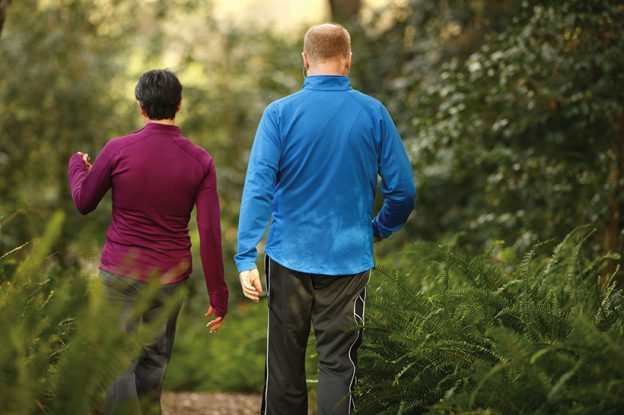
People invited to be observers in mask adherence study
A research team from Kaiser Permanente is inviting scientists, academics, and the public to help prevent the spread of COVID-19 by observing who is masking and physical distancing in outdoor public spaces. The research is part of an ongoing series of studies called SOMAD (Systematic Observation of Mask Adherence and Distancing.)
The project is spearheaded by Deborah Cohen, MD, MPH, of Kaiser Permanente Southern California Department of Research & Evaluation. She worked with the Philadelphia-based nonprofit Studio Ludo to discover that fewer than half of the people observed outdoors in Philadelphia were wearing masks correctly. She and her colleagues want to see what is going on here and elsewhere in the United States.
“We are interested in involving the community and broadening this research across the country,” Dr. Cohen said. “Masks and physical distancing are critical to controlling the spread of COVID-19. The more we know about people’s patterns for using masks and social distancing, the better we can target messages and help stop the spread.”
To learn more about getting involved, click here.
Why masks are important
The reason face coverings and keeping a distance of 6 feet or more between people of different households is so important is that these tools limit the ability of infected people to spread respiratory droplets that contain the virus.
Yet not everyone pays attention to these proven measures. One Arizona State University study estimated that at least 80% compliance is needed to reduce the spread of disease and decrease the rate of deaths from COVID-19. In order to monitor adherence, Dr. Cohen and others developed SOMAD, which is essentially a data collection tool and protocol for uniformly observing outdoor COVID-19 safety adherence.
The mask study in Philadelphia
The study in Philadelphia found that 51% of people on commercial streets, 43% in parks, and 22% on playgrounds in Philadelphia were observed wearing masks properly. Additionally, 17% had masks on, but their nose and/or mouth was exposed.
“If everyone wore masks consistently and properly, we could end this pandemic quickly,” Dr. Cohen said. “By monitoring adherence, we hope to identify the factors that could boost compliance and emphasize that each and every one of us plays a critical role in disease control.”
In Philadelphia, 51% of women were observed wearing a mask properly, while only 37% of men were. Sixty percent of those who appeared to be seniors wore masks properly, while just 21% of teens were observed wearing masks properly. Philadelphians identified as Asian had the highest proper mask use level at 63%, with whites at 47%, and Black and Latinx at 35%.
Differences in adherence found
The disparities in adherence suggest that the information about the risk of exposure is not uniformly appreciated by all groups, Dr. Cohen said. Given that men have more severe consequences from COVID-19 infection than women, a targeted information campaign may inspire greater compliance, she added.
The Philadelphia study was conducted over the last 3 weeks of August 2020, and it counted only people outdoors. The Studio Ludo team observed more than 4,600 people in 30 outdoor public spaces throughout Philadelphia, including commercial streets, neighborhood parks, and playgrounds. A second report of masking trends through October will be released in November 2020.
The preliminary results from Philadelphia are published on the Studio Ludo website. The city of Philadelphia issued a press release.
To learn more or get involved, visit the SOMAD study site. You can learn how to wear a mask correctly here.





